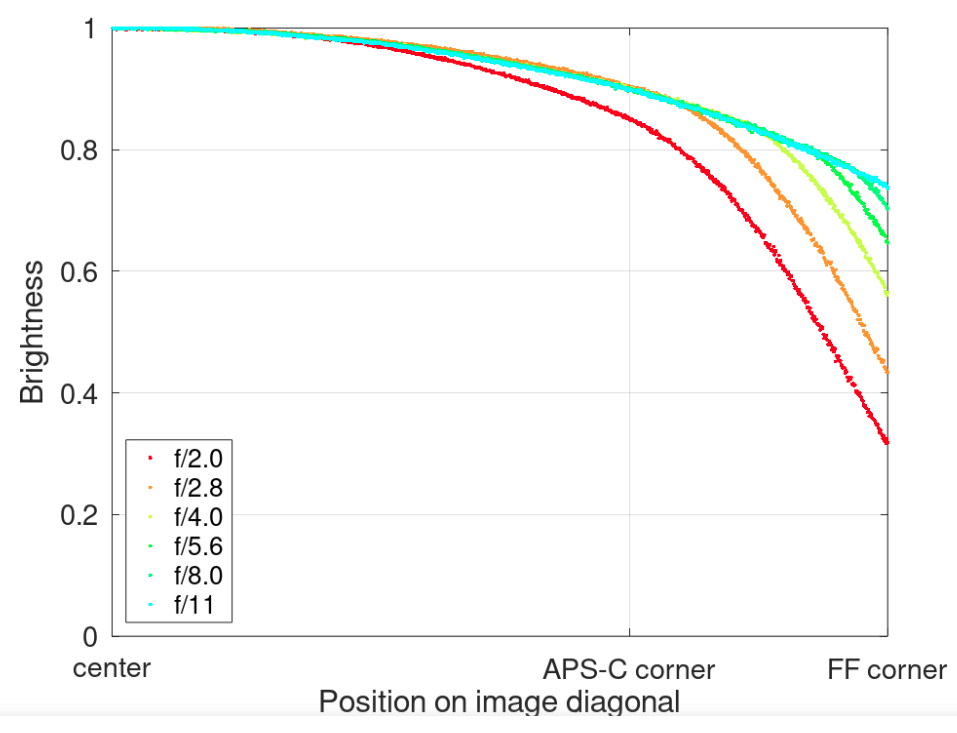I have both a question and possibly a suggestion for a new feature.
I have often wanted to design a lens with a specific design form. It is quite easy to use OpticStudio to craft a plausible starting point for the design. Just set up the fields and aperture, open up a layout, and start adding components to the to the lens data editor so as to produce the form and guide the chief and marginal rays through in about the right way.
The next step is to optimize the lens to get optimal values for radii and thicknesses, and perhaps to identify the best glasses by glass substitution. That’s where the problems start. I know the design form I want, but the optimization routines don’t respect my wishes. Hammer and Global Search, and even just a straight Optimize, will lunge about frantically. They often come up with a good design, just not what I’m looking for.
With a lot of effort, the merit function can be crafted to constrain the design to respect my wishes. Often this means adding bilateral boundaries on every thickness and curvature. I would like to know of an easy way to accomplish this. It could likely be done with a macro, or even in the API, but that is also a lot of work. Any suggestions?
Absent a nice method I have overlooked, my suggestion is this:
Could we perhaps have a Wizard for the merit function that would add boundary conditions based on what it finds in the Lens Data Editor? The wizard might accept a set of criteria, like percent or magnitude limits for thicknesses and curvatures, and add the operands to the merit function necessary to enforce the boundaries.







